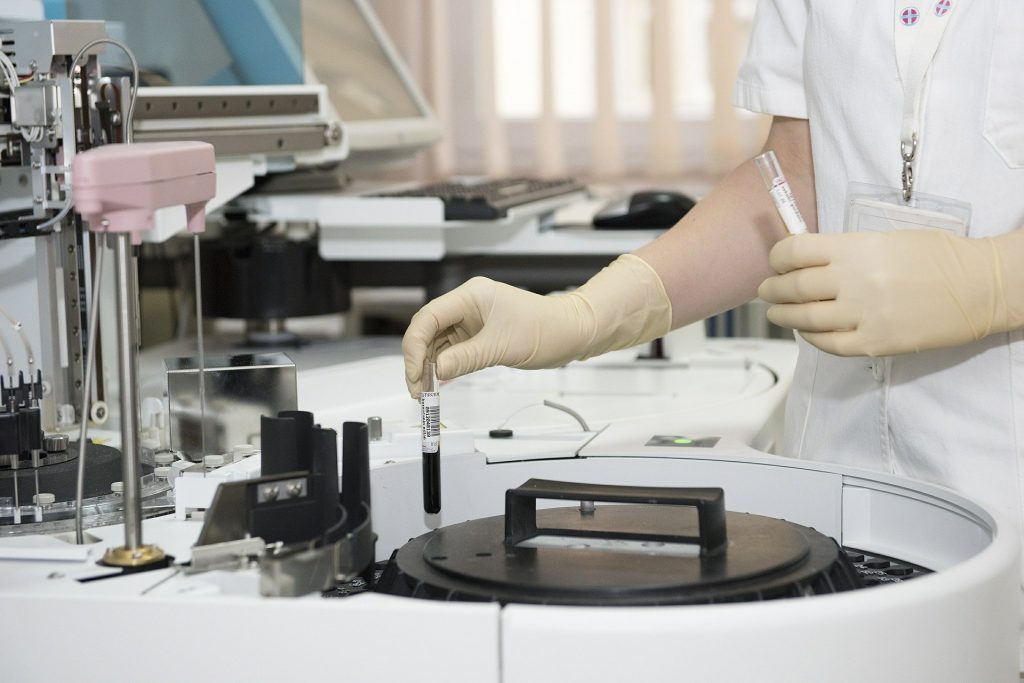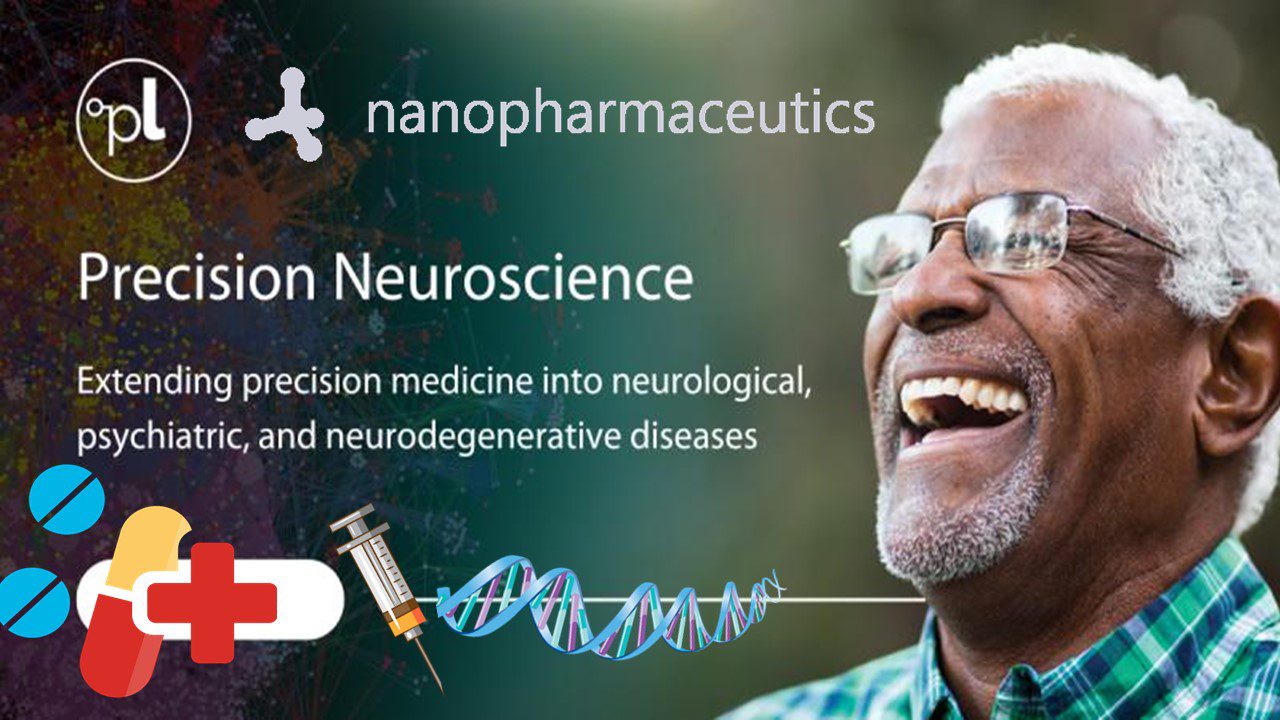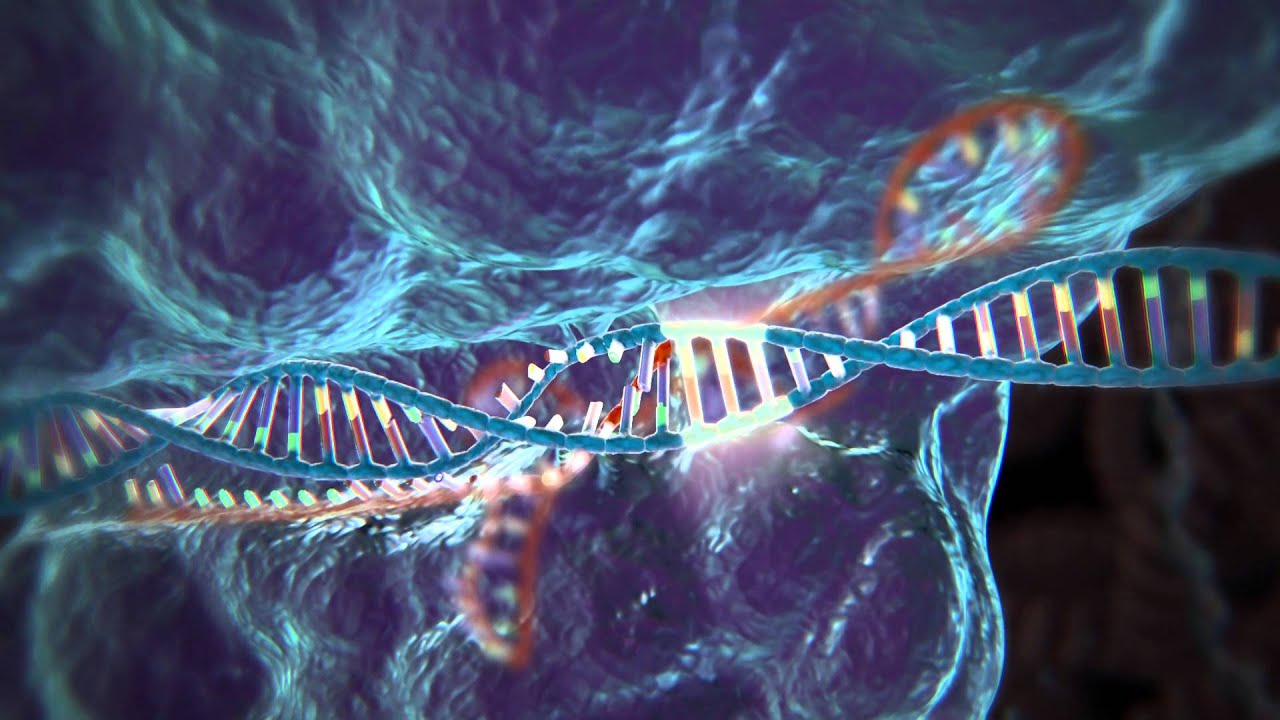
Technological innovations like genomic sequencing and AI, have contributed to the refinement of predictive and diagnostic techniques used to tailor therapy for patients. The goal is to not only develop more precise treatments, but to also predict the optimum choice of therapy for the patient – to maximise the chance of progression free survival according to their unique disease profile. Recent advancements in the weighing of cancer cells, has shown to support treatment decision-making in oncology.
It is important to clarify the difference between precision medicine, and personalised medicine. Personalised medicine refers to an approach to patients that considers their genetic make-up, but with attention to their preferences, beliefs, attitudes, knowledge and social context; precision medicine on the other hand, describes a model for health care delivery that relies heavily on data, analytics, and information.
Biomarkers for example, have greatly supported precision medicine over the past decade. The ability to predict and monitor therapeutic efficacy, adverse events, and dosing have been discovered thanks to innovations in the field of genomics.
Untargeted metabolomic studies are becoming increasingly important in biomarker research – metabolites are the products and intermediates of metabolic pathways, and changes at this level can precede the onset of disease symptoms. With further research, metabolites could better determine the level of disease progression, which could then be used to choose a more effective treatment than perhaps the standard available.
Artificial intelligence: Natural language processing for chronic diseases
AI technology is becoming a crucial part of precision medicine by processing and analysing vast amounts of medical data to identify trends within subpopulations. Recently, Washington University School of Medicine have adopted AI-based natural language processing tools, to assist the analysis of their unstructured electronic health record data.
According to a recent article, the initial focus will be on chronic diseases such as Alzheimer’s disease, breast cancer, lung cancer, diabetes, and obesity. Natural language processing (NLP) refers to a branch of AI, concerned with a computer’s ability to understand text and spoken words, in much the same way a human can.
NLP drives computer programs that translate text from one language to another, respond to spoken commands, and summarise large volumes of text rapidly in real time. The application of NLP to electronic health records has significant potential to support precision medicine. In other words, it may become evident that for a specific patient subpopulation, that the standard treatment of care fails to improve their condition, and instead causes a greater number of adverse events.
NLP can facilitate this by identifying key words in medical documents, which correlate to specific things – whether this be patient clinical profiles, drug names, and doctors notes, which raise certain side effects. This is a particular challenge for precision medicine and was echoed in a statement by Washington University.
“Fundamentally, the challenge that we have with personalized medicine or precision medicine is that rather than treating patients as a function of how the average patient presents or the average patient may respond to therapy, we instead want to understand the individual features of each unique patient that contribute to both wellness and disease, and response to therapy,” Philip Payne, Washington University Associate Dean for Health Informatics and Data Science, told HealthITAnalytics.
In terms of drug development, NLP can be used to optimise the process of target identification. NLP extracts “meaning from human language to make decisions based on the information”. This can be used to scan vast numbers of publications and genetic databases, to search for gene-disease associations and identify new targets. The AI-based algorithms can perform tasks such as this with greater accuracy and speed, in comparison to human intelligence.
This project at Washington University will be focused on utilising AI technology, in the context of deep phenotyping, referring to “medically discovered data and social determinants of health data”, which need to be extracted from these electronic health records using NLP.
Oncology: Weighing cancer cells
In 2017, scientists in the US demonstrated how measuring changes in the weight of individual living cancer cells,from multiple myeloma patients,can accurately predict whether their cancer will respond to different drug treatments.
Researchers used a microfluidic device, known as a suspended microchannel resonator, which makes it possible to measure changes in the growth or mass accumulation rate (MAR), of single cells over periods of just 10 to 20 minutes.
The SMR instrument was able to demonstrate a decrease in cancer cell MAR, following drug treatment in different cancer cell models. A decrease in cancer cell MAR indicates that cells are sensitive to the drug, whereas the MAR will not change should the cells be resistant.
Since 2017, this discovery has remained relatively quiet up until very recently. Researchers at MIT and Dana-Farber Cancer Institute have developed a method of measuring treatment response in patients with glioblastomas through changes in cancer cell mass. The new study is part of a collaboration between the Koch Institute and Dana-Farber Precision Medicine programs, to discover new biomarkers and diagnostic tests for different cancer types.
The current standard treatment for patients diagnosed with glioblastoma is the chemotherapy drug temozolomide (TMZ) – unfortunately, this drug is only effective in around 50 percent of patients. In addition, the current predictive biomarkers used to monitor disease progression and treatment response, are still not accurate enough for all patients because of confounding factors, like heterogeneity.
The researchers performed a retrospective study with a set of live glioblastoma tumour cells from 69 patients, using them to grow spheroid tissue cultures. After being separated, the cells were treated with TMZ, after which their mass was measured a few days later.
It was found that by simply measuring the mass difference between cells before and after treatment, they could accurately predict whether the patient had responded to TMZ or not.
This is a very exciting breakthrough in terms of precision medicine, as the mass measurement has an added advantage in that it can work in patients for whom the genetic markers don’t reveal TMZ susceptibility.
For many other types of cancer, there are no biomarkers that can be used to predict drug response. However, innovative techniques like this could be used to support precision medicine across a vast number of cancers in terms of treatment decision-making. Advancements like this may also inspire breakthroughs in precision medicine for other therapeutic areas too.
Charlotte Di Salvo, Editor & Lead Medical Writer
PharmaFeatures
Subscribe
to get our
LATEST NEWS
Related Posts

Precision Medicine
PrecisionLife and Nanopharmaceutics Join Forces to Advance Precision Medicine for CNS Disorders
Combinatorial analytics and nanoscience – perfect combination!

Precision Medicine
Unleashing Precision Medicine: Engineered Phages for E. coli Treatment
Hemo-oncology prognosis is shown to improve along with marked E. coli associated morbidity and mortality reduction with a newly developed Phase 1 drug candidate.
Read More Articles
Synthetic Chemistry’s Potential in Deciphering Antimicrobial Peptides
The saga of antimicrobial peptides unfolds as a testament to scientific ingenuity and therapeutic resilience.












